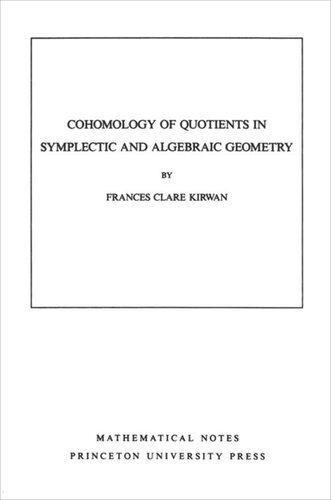

Most ebook files are in PDF format, so you can easily read them using various software such as Foxit Reader or directly on the Google Chrome browser.
Some ebook files are released by publishers in other formats such as .awz, .mobi, .epub, .fb2, etc. You may need to install specific software to read these formats on mobile/PC, such as Calibre.
Please read the tutorial at this link: https://ebookbell.com/faq
We offer FREE conversion to the popular formats you request; however, this may take some time. Therefore, right after payment, please email us, and we will try to provide the service as quickly as possible.
For some exceptional file formats or broken links (if any), please refrain from opening any disputes. Instead, email us first, and we will try to assist within a maximum of 6 hours.
EbookBell Team

5.0
40 reviewsThese notes describe a general procedure for calculating the Betti numbers of the projective quotient varieties that geometric invariant theory associates to reductive group actions on nonsingular complex projective varieties. These quotient varieties are interesting in particular because of their relevance to moduli problems in algebraic geometry. The author describes two different approaches to the problem. One is purely algebraic, while the other uses the methods of symplectic geometry and Morse theory, and involves extending classical Morse theory to certain degenerate functions.